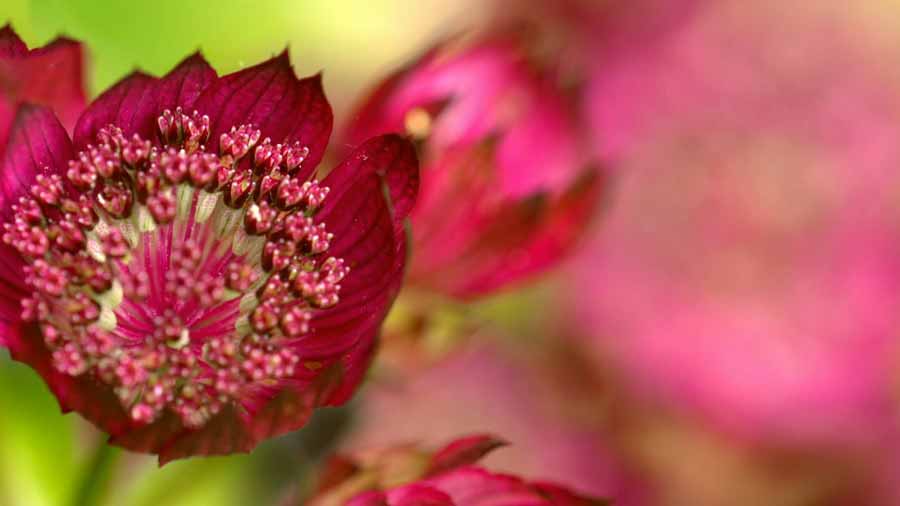The Beechgrove Garden episode 12 2020: No matter what space you have, there is always room to grow with the Beechgrove team.
In this episode, George keeps an eye on his cuttings, while Kirsty deals with some prickly customers as she shows how to carefully propagate cacti. Meanwhile, there is good news and bad on Sophie’s Aberdeen allotment.
The Beechgrove Garden episode 12 2020
Cacti and succulents
This plant group is extremely vast and diverse, from the very small and intricate to the striking and architectural. There is a cactus or succulent to suit everyone, whether young or old. The common linking characteristic of cacti and succulents is the ability to store water in the leaves or stems enabling them to survive in arid habitats. All cacti are succulents, yet cacti are defined by the presence of areoles (specialised sites where spines form) whereas succulents have none.
The majority of cacti and succulents grow in desert and savannah situations with low moisture, dry air, bright sunshine, good drainage and high temperatures. However there are succulents such as Schlumbergera and Epiphyllum which grow as epiphytes in rainforests. These require semi-shade and humid conditions. So to cultivate cacti and succulents successfully it is best to research their native habitat, to provide their ideal growing conditions as far as possible.
Cacti and succulents utilise the Crassulacean acid metabolism (CAM) photosynthetic pathway. Although this makes the best use water, it is much less efficient than other photosynthetic pathways, hence the slow growth of cacti and succulents compared to other plants.
Vegetables in containers
Planting vegetables in containers is a versatile way of growing edible crops in the garden, particularly where space is limited.
While vegetables aren’t fussy about the kind of pot they’re in, they do need a potting mix that will allow water to drain well. Like most other container gardens, your veggies will do best in potting mixes made for containers. Fill the containers so the soil is at least 2-3 inches below the rim (that extra space at the top will give you room to water deeply without overflowing the container). Water the soil just before planting.
